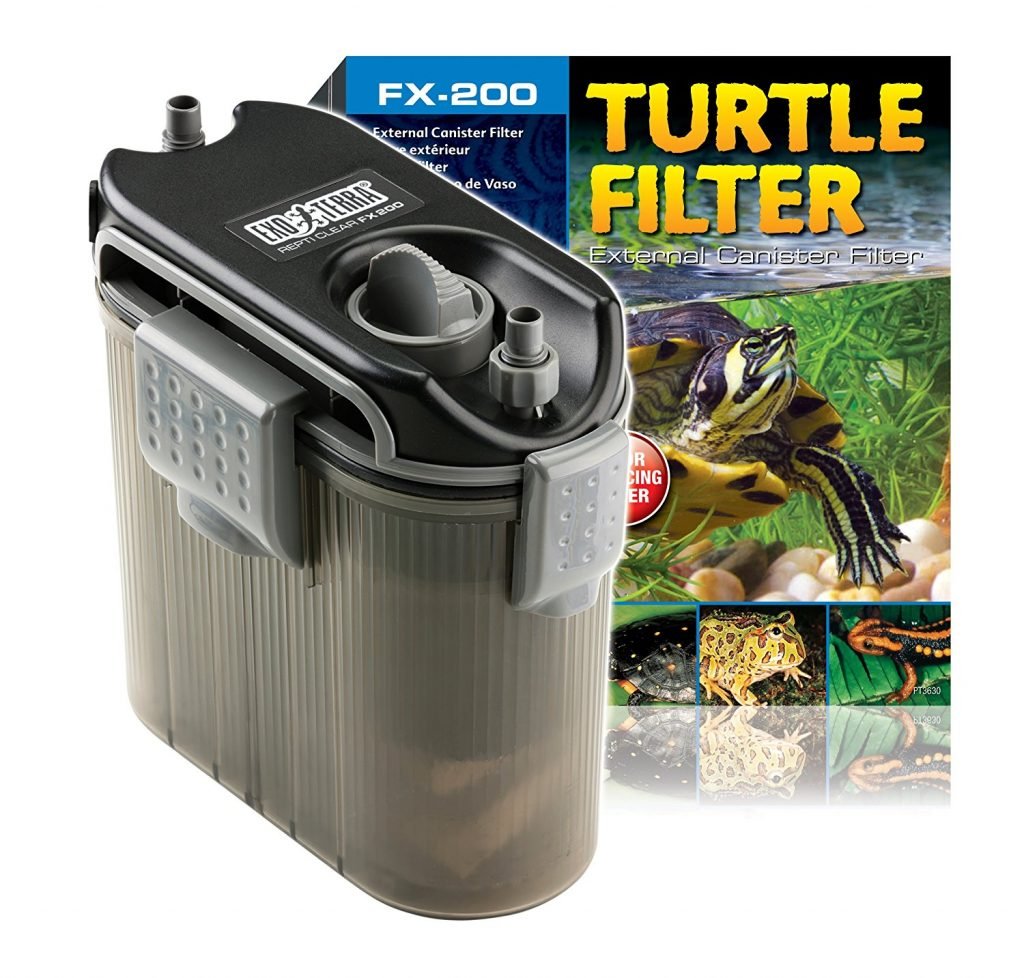There’s no doubt about it. For a horse, summer can be one of the most uncomfortable seasons. Sure, they’re spending more time in the open air and taking in the sun. But with warmer weather comes a whole host of fresh nuisances. Chiefly, midges and flies.
But flies are more than just a petty nuisance. Because flies feed off secretions from the eyes and other mucous membranes, the chance for infection is never greater. To make matters worse, these same pesky little insects can carry a host of diseases that can prove harmful to your horse—if not outright fatal.
Added to the buzzing and irritation, the relentless heat can also cause serious damage to a horse’s eyes and skin; particularly when they’ve been grazing out in the open all day long.
A fly mask is an invaluable—and inexpensive—gear that not only offers extra protection for your horse, but doesn’t impact their eyesight, comfort or mobility. Below, we’ll look at some of the more popular brands available on the market, as well as give you a handy guide of what to look for when shopping for one.
Cashel Crusader Fly Mask with Ears and Long Nose Review
The Crusader fly mask is made from a soft coated nylon micro-mesh which has been clinically proven to block 70% of damaging UV rays, while a split top opening and forelock hole helps keep your horse both comfortable—and comforting.
Cashel Quiet Ride Fly Mask Ears Review
Unlike the Crusader, the sheer mesh allows for a clearer line of vision and is entirely unrestrictive.
Non-abrasive and made from a delicate nylon micro-mesh.
Roma Stretch Bug Eye Saver with Ears Review
Offering 68% UV protection and lightweight, durable and non-irritating fabric, this fly mask is ideal for pesky gnat invasions.
Horse Fly Mask Cover Review
One of the more interesting features are sewn-in darts which help shape the fabric around the eyes and an adjustable double heavy duty closure for added snugness and security.
Machine washable and durable, made from a comfortable nylon material.
A Buyer’s Guide to Horse Fly Masks
Essentially, fly masks are designed in three styles:
- Eye coverage only
- Eye and ear coverage
- Full Face – Eye, ear and muzzle coverage.
And while it is recommended (quite strongly) that the latter be purchased, it may be that your horse simply might find it too uncomfortable and subsequently find themselves insecure about the experience. They may need to find themselves adjusting to what can seem like an especially long time, so in this case it’s better to ease them into the process of wearing one.
Some other factors you might want to take into consideration:
UV protection
As we said, sunlight can cause serious damage to a horse’s eyes or skin; especially the lighter skinned they are. Look for at the very least 60% UV protection. Ideally, the higher, the better.
Breathable plastic or fabric mesh
Your horse is likely going to find the experience uncomfortable at first, so the most non-irritating material you can find will go a long way in easing their worries.
Machine or hand washable
Because fly masks are meant to be worn on a daily basis, proper hygiene is critical.
Fleece covering the nose and poll
Fleece ensures an added layer of comfort and security for one of your horse’s most sensitive areas.
Loop and hook fastenings for optimum fit
You may find your horse trying to shake their fly masks off despite every conceivable word of encouragement. Loop and hook fastenings ensure that the masks stay fit securely and with no additional strain. Unless there is a legitimate medical reason, do not leave your horse’s fly mask on overnight, as you don’t want to add to their irritability.
In conclusion, no one likes to consider flies as one additional barrage of threats that can frighten (or potentially even damage) a horse. But with the simple choice of proper equestrian wear, you can minimize the need for expensive (and sometimes toxic) pest sprays—and in the long run, save yourself an expensive and traumatic trip to the vet. And in the long run, your horse just might thank you for it.







